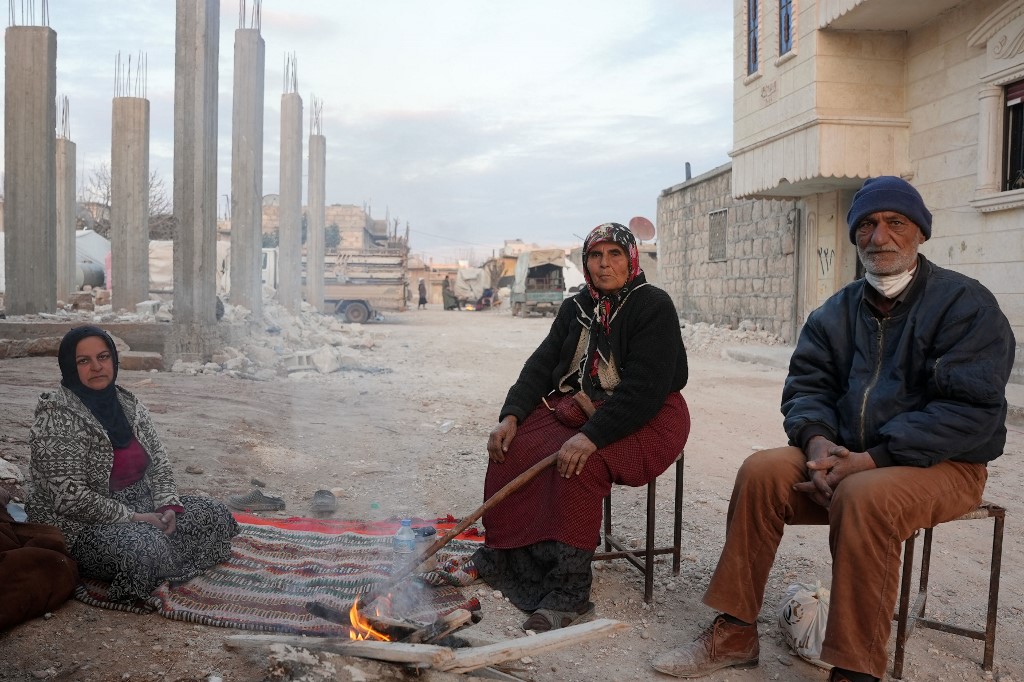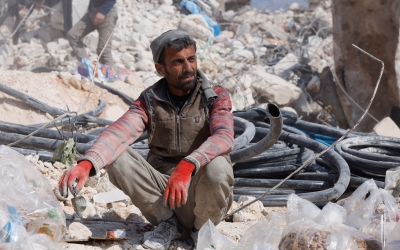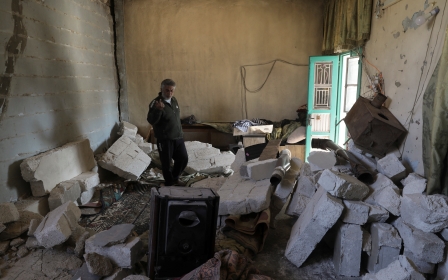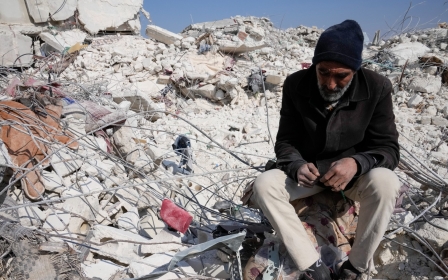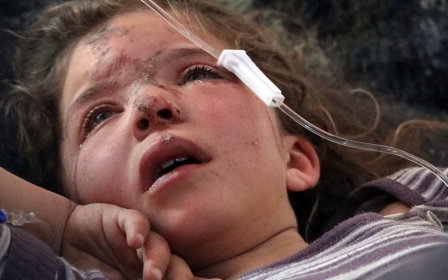Why Turkey's earthquake is a grim wake-up call for the Middle East
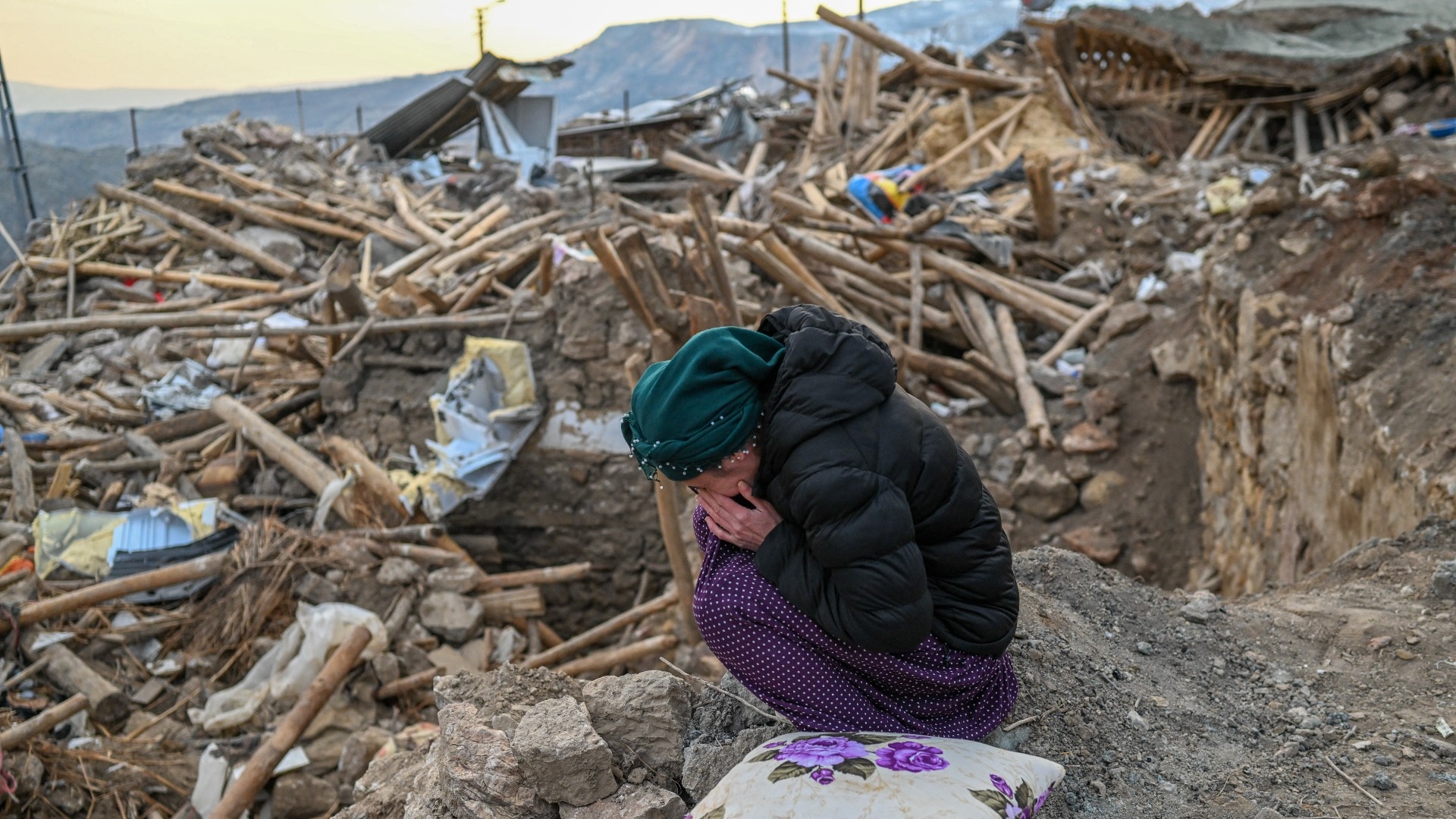
Two weeks on from the devastating earthquake that struck Turkey and Syria, the death toll has now surpassed 44,000, as a new slow-motion disaster unfolds across northwestern Syria, compounding the already grave humanitarian crisis. The complex emergency in this region has been exacerbated by issues such as the return of Syrian refugees from affected areas in Turkey, and the re-displacement of the already displaced.
With the threat of a much-worsened humanitarian catastrophe looming, there is a need to understand the magnitude of this failure, and to better plan and mobilise post-disaster efforts in the region. Recognising the scale of this challenge, we have five forward-looking recommendations on how to respond effectively to the tasks of relief and recovery in the affected regions, in particular northwestern Syria.
It is vital that donors and agencies responding to the crisis take the time to visit northwestern Syria and genuinely listen to affected individuals
Firstly, there is an urgent need for concerted regional and international humanitarian diplomacy to unblock obstacles to humanitarian access. Since the earthquake occurred, numerous blockages have delayed and prevented the timely delivery of life-saving aid to affected communities, particularly in northwestern Syria.
Some rebel groups have blocked aid from reaching people in need, while some international aid channelled through the government in Damascus was reportedly being sold on the streets.
While the United Nations has been rightly criticised for the unacceptable delays in its emergency response, the UN possesses unmatched capacities for concerted multilateral diplomacy, which could broker a deal to allow unobstructed aid to all areas of Syria.
New MEE newsletter: Jerusalem Dispatch
Sign up to get the latest insights and analysis on Israel-Palestine, alongside Turkey Unpacked and other MEE newsletters
Secondly, it is vital that donors and agencies responding to the crisis take the time to visit northwestern Syria and genuinely listen to affected individuals and communities. This would involve reaching out to the most vulnerable groups who have been disproportionately affected by the crisis - in particular poor and internally displaced persons (IDP).
Yet, as emergency response packages are finally being delivered, many of the needs and priorities of local populations are being overlooked, which follows a pattern observed in many crisis responses. One such area is the neglected issue of psychosocial support for people in a region where millions have been through 12 years of war, multiple displacements, and severe economic hardships.
Lessons from the past
Thirdly, in responding to the earthquake in Syria, lessons can be learned from other contexts where disaster has struck in a conflict zone, such as the post-tsunami response in Sri Lanka, or relief operations in protracted conflicts, such as in Myanmar and the southern Philippines.
Some key lessons include the importance of preparedness and planning to act swiftly and decisively, training local communities in hazard-prone regions to act as first responders when official rescuers are not present, and holding drills on what to do during earthquakes.
Analysts have also started to draw greater attention to how lessons from the past within the affected regions could be used to improve the emergency response in future disasters.
In Turkey, experts are calling for official investigations into what went wrong and why the building codes developed after the 1999 Izmit/Golcuk earthquake were ignored. In Syria, which barely has any earthquake standards, attention has mainly focused on what the international community and local powers should have done and should do in future instances, such as better coordination of aid delivery.
Fourthly, as the relevant authorities begin to think about reconstruction, there is a necessity to incorporate resilient technology - for earthquakes and other hazards - into rebuilding efforts to better prepare for future disasters, especially in Syria.
The devastating earthquake in Turkey and Syria highlighted the fragility of the built environment in affected areas. There is considerable anger from the populations of both countries with regards to the lack of disaster preparedness.
In Turkey, amongst many other things, questions have been raised over the possible misuse of funds from the “earthquake tax” that has been collected since the 1999 Izmit/Golcuk disaster and was earmarked to make buildings earthquake-proof. The lack of attention to disaster preparedness in construction practices has been reflected by a failure to enforce building codes, or to retrofit buildings with earthquake-resistant features, resulting in recently constructed buildings being levelled by the earthquake.
According to current estimates, the recovery timeframe for Syria is five to 10 years, and for Turkey two to three years.
Long-term assistance
While earthquakes are natural and inevitable in a seismically active region, the resulting disasters are largely man-made. Suffering and destruction can be largely reduced or alleviated through resilient construction practices.
A promising example is the mud-brick houses built to house internally displaced persons in northwestern Syria. In one such village housing around 500 families, or 2,600 residents, there were no casualties resulting from the earthquake, despite the village’s location in the affected areas.
There is a need to scale up such innovative shelter modalities, which offer more privacy, protection and dignity than tents, while being cheaper and faster to construct than concrete houses.
With Israel/Palestine, Lebanon and Jordan long overdue for a massive earthquake, the destruction in Turkey and Syria is also a grim wake-up call on the broader need to invest in emergency preparedness across the region.
Finally, there is an urgent need to mobilise not only short-term relief aid, but also regional and international assistance to support northwestern Syria over the medium and long term.
Northwestern Syria already has unmet reconstruction needs as a result of more than a decade of destructive conflict, and not only related to the earthquake. While residents are in immediate need of life-saving aid, over the coming months there must also be a focus on longer-term recovery and reconstruction efforts across northwestern Syria.
The situation by which northwestern Syria has for the past 12 years become a neglected and besieged territory is itself a major source of the region’s vulnerability to earthquakes and other disasters. The slow strangulation and besiegement of northwestern Syria has decimated its productive capacities and local economy, rendering the area dependent on external aid.
In the coming weeks and months, there is an imperative not only to save lives, but also to support livelihoods and to generate the local capacities for resilience in the face of future shocks.
The views expressed in this article belong to the author and do not necessarily reflect the editorial policy of Middle East Eye.
Middle East Eye delivers independent and unrivalled coverage and analysis of the Middle East, North Africa and beyond. To learn more about republishing this content and the associated fees, please fill out this form. More about MEE can be found here.


